Nothing immediately changed as a result of the decision by hundreds of newspapers across the country to run simultaneous, but independent, editorials defending freedom of the press and deploring President Trump’s identification of the media as an enemy of the American people. The president certainly did not change his behavior. As one would expect, he seized upon the action to redouble his attacks. Trump is a wartime president, but his war is against the media.
Still, the newspapers’ action is a significant event. Depending on what happens in the next few years, it might even prove historic—for two reasons. First, the action is collective; second, it is institutional.
In the United States, mainstream media (MSM, as it is sometimes called) have always been allergic to cooperation. The morning paper where I started my career had a fiercely competitive, almost hostile relationship with the local afternoon paper, even though both papers were owned by the same company and shared a building. Outlets’ obsession with independence often works against conducting in-depth investigations and holding public officials to account. An example is how easy it is for a public official to evade hard questions at a press conference by calling on the next journalist, who will almost always change the subject instead of continuing a line of inquiry.
Of course, journalists are aware that fragmentation and competitiveness can work against our mission, but that always seemed a price worth paying for our feisty independence and our competitive energy. In any case, even if we wanted to coordinate, we have no ready mechanism to do so. Several organizations might sign a joint letter objecting to a government ruling or demanding a document, or they might commission an opinion poll together, but that is about as far as coordination ordinarily goes. A Japanese-style news cartel would never fly here.
Those organizational and psychological barriers have now fallen. A single paper, the Boston Globe, called for a day of editorializing, and hundreds responded. Mainstream news media has identified itself as a collective interest and shown itself to be capable of organizing nationwide in its own defense.
That newfound solidarity will have minuses. Conspiracy theorists and populists will see it as evidence that media are a left-wing or establishmentarian cabal. But it will also have pluses, probably bigger ones.
In the recent movie “The Post,” a key plot point occurs when an editor dumps a pile of newspapers on a table. To the astonishment and delight of Washington Post editor Ben Bradlee and publisher Katherine Graham, newspapers around the country have chosen to follow the Post’s decision to publish a secret government document, thereby risking criminal prosecution by the Nixon Administration. By doing so, they send the same kind of message that NATO sent the Soviet Union: that none will allow the others to be picked off one by one. If the government wants to tangle with any, it must tangle with all.
The show of solidarity is presented as a game-changer in the movie, and rightly so. The emergence of Thursday’s coalition of the willing may or may not prove equally important, but it demonstrates a degree of collectivism and organization which I would have thought unlikely, if not inconceivable, prior to the Trump era.
The response is also, importantly, institutional in nature. Papers joined in the effort not because they are ideologically homoegenous but despite the fact that they are not. They are liberal, conservative, and in between. Instead, they are responding to Trump as institutions, conveying that his “enemy of the people” rhetoric is a threat to our democratic system that transcends ordinary political disputes.
Journalism’s trade schools and professional societies take an institutional point of view, of course. And when the publisher of The New York Times goes to the Oval Office to plead with the president to tone down the anti-journalist rhetoric (without necessarily easing up on the New York Times), he seeks to represent journalism as a whole, not just his publication. Thursday’s gesture, however, was of a different order, because the voices used were the newspapers’ own—hundreds of them, undelegated and unfiltered. After enduring decades of abusive rhetoric that started long before Trump, Thursday’s coalition of the willing suggests that journalism is finding its institutional voice and its will to push back.
One day’s editorials do not a revolution make. They are another welcome sign, however, that America’s civil society and civic culture retain resilience, despite being severely tested. Or because they are severely tested. Nixon and Watergate wounded up strengthening the institutions that Nixon hated the most, mainstream media chief among them. Trump may end up having the same effect.
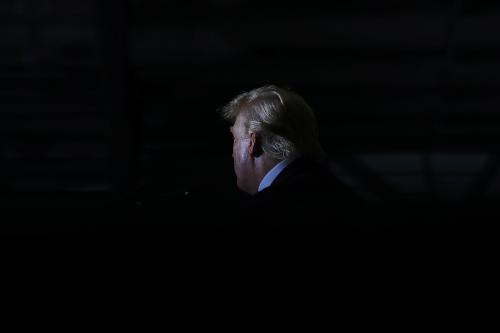
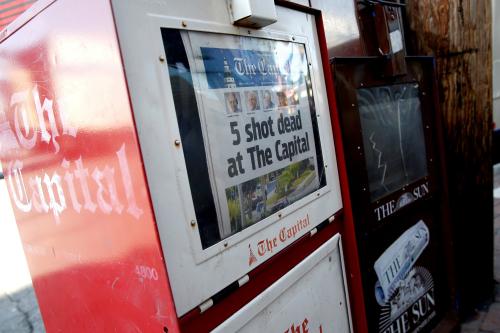
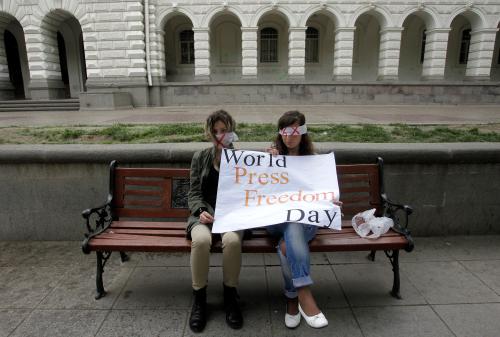

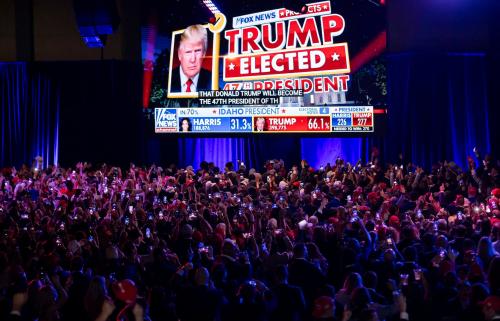

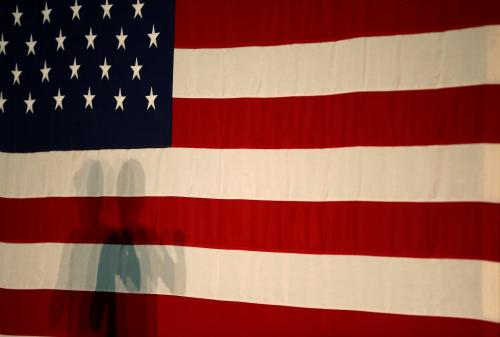
Commentary
Trump’s war on ‘fake news’ could actually make the mainstream media stronger
August 17, 2018